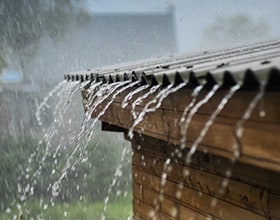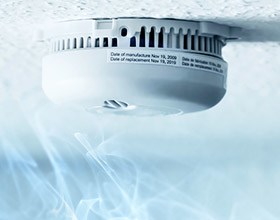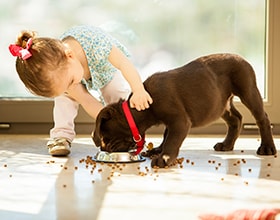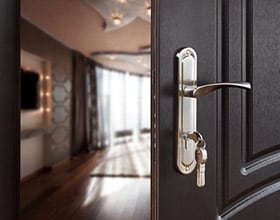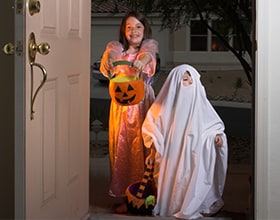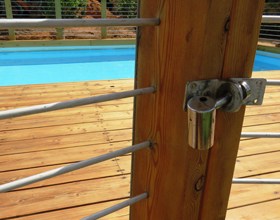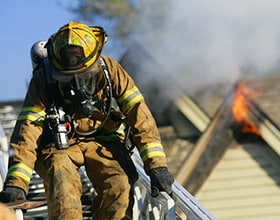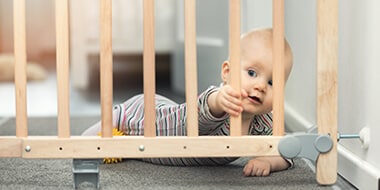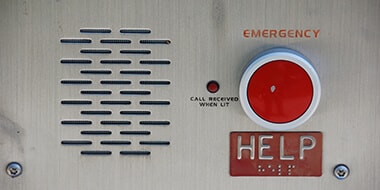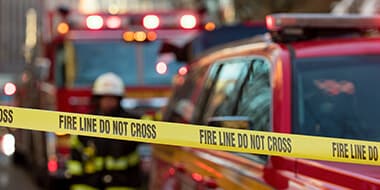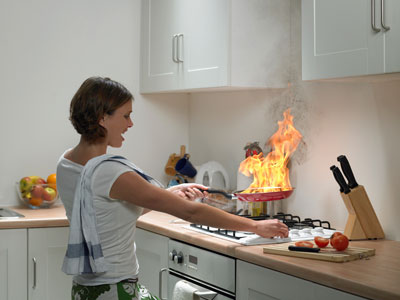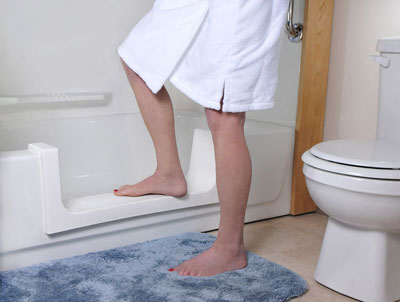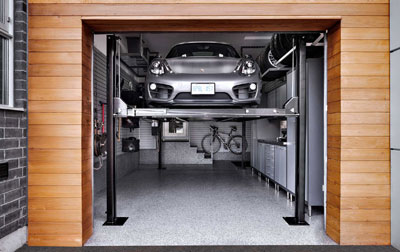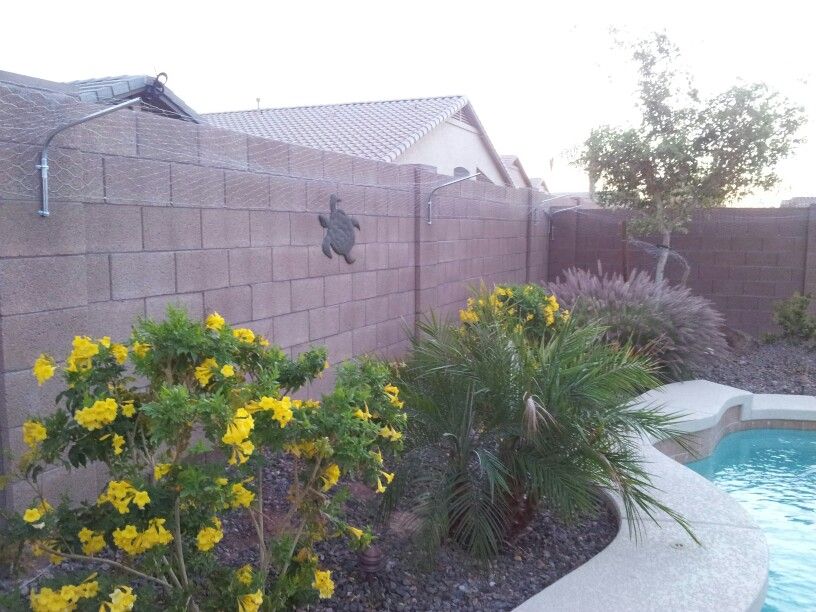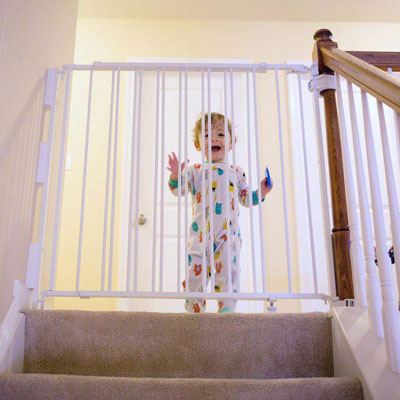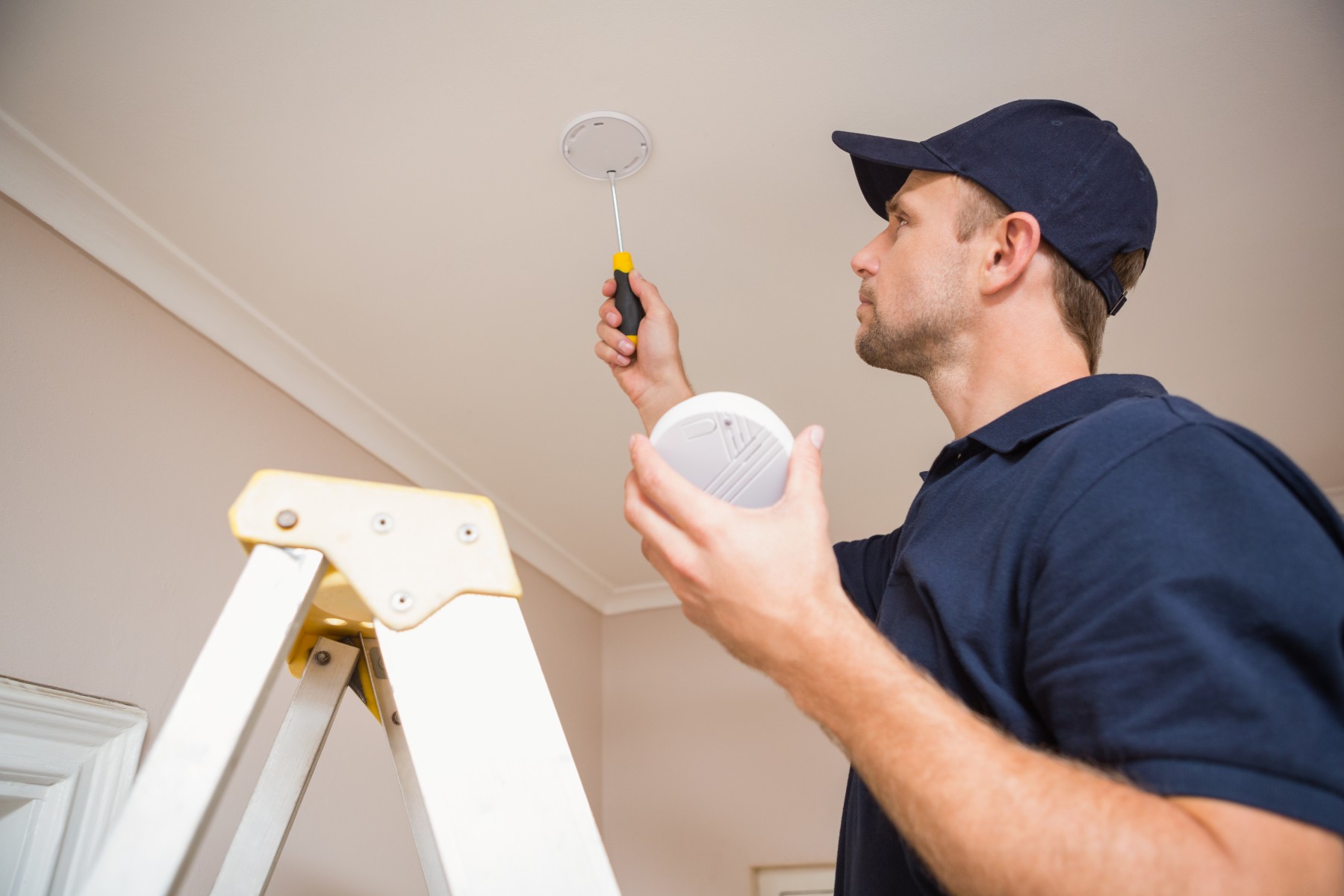 The stability of your home is determined by the strength of your foundation. Since everything is linked, it supports the entire framework of your home. The harm will work its way up if the base has any flaws.
The stability of your home is determined by the strength of your foundation. Since everything is linked, it supports the entire framework of your home. The harm will work its way up if the base has any flaws.Don't be concerned if you're having foundation problems right now or if you want to be prepared for the future. Continue reading to learn about ten warning signs that your home might be having foundation problems.
Foundation problems can be caused by a variety of factors, but the dirt and soil under and around the building are the most common.
When the soil absorbs water, it spreads like a sponge. Expansion doesn't have to be a huge undertaking, but too much of it can place undue strain on your house. The pressure can cause minor structural damage, which can lead to leaks, which can cause mold or more serious structural damage.
It's a dilemma that becomes more serious the longer it goes unaddressed. To prevent future expensive fixes, it's best to fix the issue as soon as possible.
DRYWALL WITH CRACKS
You could be in trouble if you have any walls with diagonal cracks creeping up on them.
While a vertical crack is usual, if you see more cracks occurring over time, it could be time to examine your home's foundation.
Since the floors are supported from the base upward, a crack in the living space indicates that something is shifting under it. This is a strong indication that the base is shaky.
GAPS BETWEEN EXTERIOR WALLS AND WINDOWS
Your walls can be pulled away from your windows and doors due to a changing base.
This will most likely happen slowly, but it will be extremely dangerous in the long run. As the base pulls the walls away from each other, gaps may form, enabling moisture or insects to enter. This could trigger further issues with the house's construction.
If you find this, contact someone right away to get your foundation reviewed.
YOU FEEL LIKE YOU'RE SINKING
This is a concern if you've noticed that one side of your house is lower than the other or that your base seems to be "settling."
Even a slight dip of a few centimeters will easily expand to inches, so this is a problem that must be tackled immediately.
WALL CRACKS OR FLOOR CRACKS
Cracks aren't always a cause for alarm. Paint, as well as heavier materials, can develop cracks. Hairline cracks are mostly cosmetic in nature and can be quickly repaired.
However, there are dangerous holes. It's vital to get them checked out whether they're horizontal or at a 45-degree angle, whether they're more than an eighth of an inch wide, or if one end is wider than the other.
WARPED CEILINGS OR FLOORS
If your ceilings or floors sag or warp, it could mean that your home or building is settling or compressing.
This is a warning sign of foundation problems that must be resolved. It's more noticeable on the floor. Although floors are sometimes constructed slightly off-level, if you care a difference, take notice.
THE SMELL OF A MUSTY BASEMENT
You may have a mildew problem if your basement smells especially musty or unpleasant.
Mildew develops as a result of moisture seeping through the base through tiny cracks. Unfortunately, this ensures that there will be foundation issues.
UNUSUAL WALLS
If your walls are behaving in ways they aren't supposed to, it's time to hire a professional. This can involve a range of objects.
This can be close to sagging floors and ceilings if they're bowing in. There's some compression going on, and it needs to be fixed before it gets worse.
Your walls can begin to pull away from the structure. You run the risk of the entire thing crashing if that happens. To stop this, call for help right away rather than waiting for further signals.

